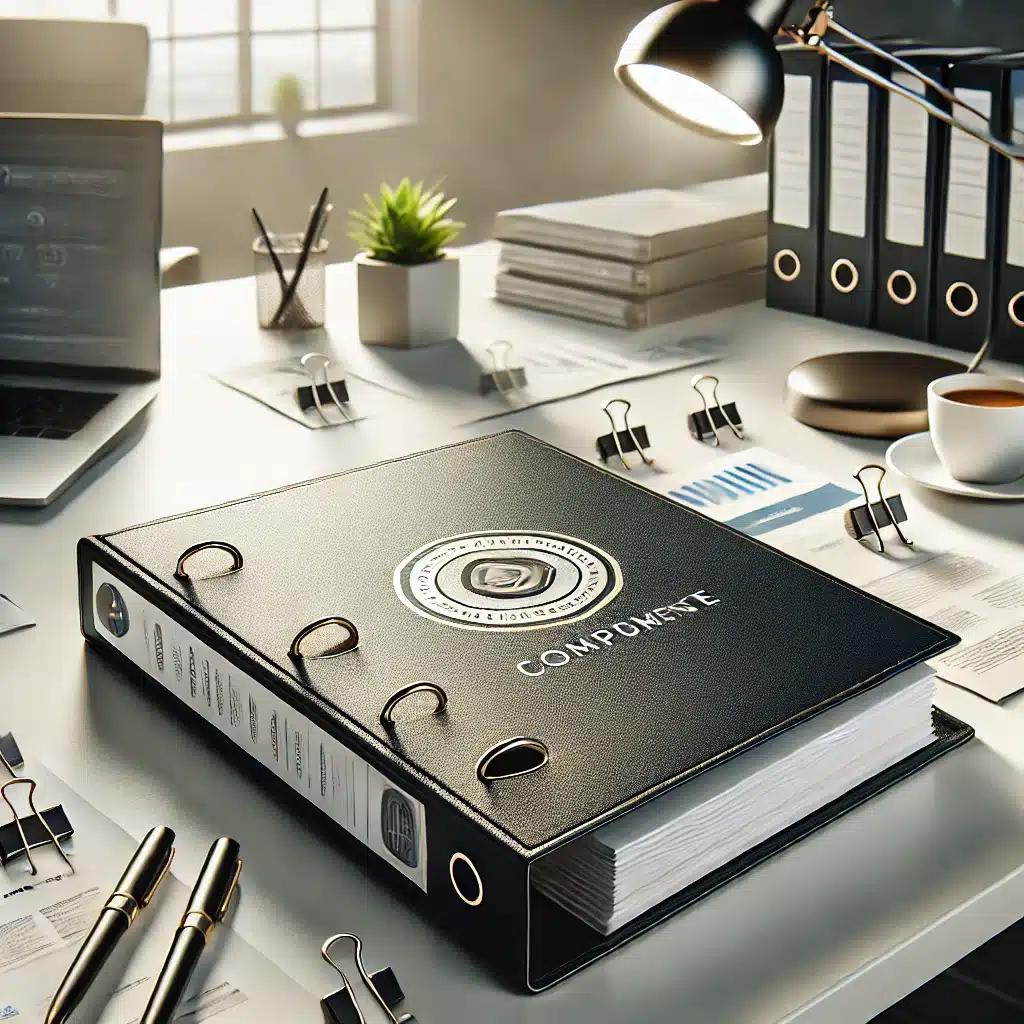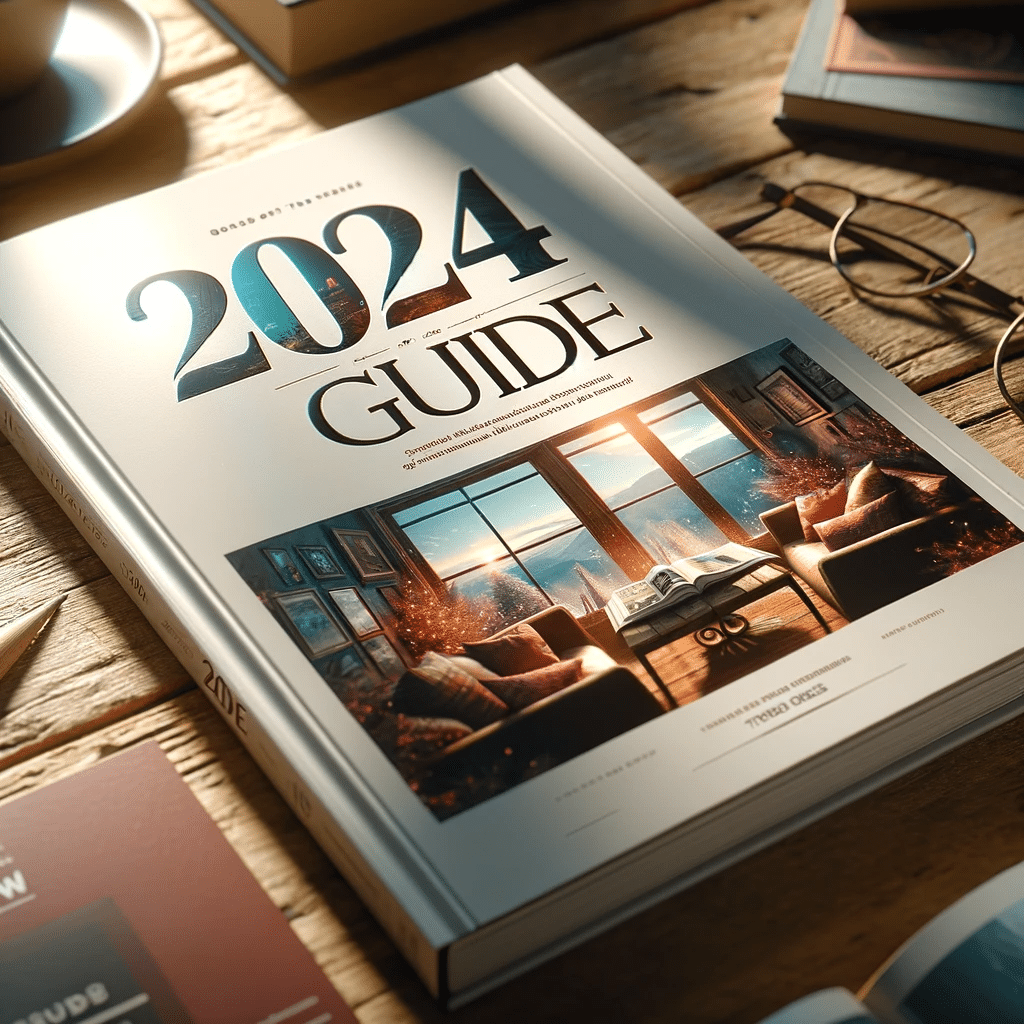
Are you looking for a hobby to pick up? Are you looking to go into the publishing world as a binder?
Did you know, in 2020, the US sold a total of over 200 million printed books? That is a large number of books being bound into creation.
Bookbinding is one of the most critical processes of the creation of a book. Keep reading to find out more about bookbinding.
What Is Bookbinding?
Bookbinding is the process of taking sheets of paper and attaching them. Modern times have found new types of bookbindings. However, traditional bookbinding has been around for a considerable time.
Think of the oldest book known to man. This book was bound using the classic technique of sewing together the sheets of whatever was used for paper.
Since its invention, bookbinding has evolved through many methods. Some methods are still used today.
Through all this evolution, the general premise has stayed the same. Binding pages together to create a book, scrapbook, or any other pieces of paper you want to stay together.
How Do I bind books?
As I mentioned, there are many methods used for bookbinding. Let’s cover how to complete a hand-sewn bookbinding. This method is excellent for beginning bookbinders.
Prepare Your Paper
You will require a small number of pages you wish to bind together. Lay the pages flat onto an empty surface. The first step is to fold your book’s pages precisely in half.
By folding it in half, you will find the center of your pages. The next step is to make a line down the outside of the crease as straight as possible. A ruler would work perfectly.
Now that you have a perfect line down the dead center of your pages. Next, you will need to make five dots along this line. These dots are markers for your stitching.
Begin Your Sewing
Start sewing it together from the central dot. Leave some of your binding material behind to tie it off at the end. Once you have gone through the center dot, move to the first dot on the left.
Once you go through this second dot, take it back past the center dot. Next, you will need to feed it through the dot to the right of the center.
Feed it through the dot on the far left of your line. Now feed it through the far right dot and bring it back through the center dot. All that is left is to tie off your binding material, and you have finished.
Your Book Is Almost Complete
You have completed your hand-sewn binding. Why not take an extra step and create a front and back cover for your book.
If your book is wide enough, you may wish to create the spine for it. If you are unsure of what size to make your spine, use this link to find out.
As I mentioned, this is your basic binding technique. Why not research different techniques? Doing so will help you to find which technique is best for you.
Hand Bookbinding Tools
Before you begin your binding journey, you may wish to build your binding kit. There are many binding tools that you may want to consider. Let’s cover a few of your beginner tools used for the method mentioned above.
Awls
An awl is a vital tool when it comes to binding books. This tool is what you will use to poke the holes you need along the pages.
Punching these holes makes the stretching of the pages a lot smoother. There is a range of awl sizes available for different sized projects.
Needles
Needles are the primary tool found in any bookbinding kit. Without needles, your life will be unnecessarily complicated.
Using needles to stitch the pages together will stop fumbling your binding material. You can easily push the material through each hole with ease and speed.
Thread
Thread is the perfect binding material. There is a range of materials to use, however.
You can buy threads made from cotton, linen, silk, or polyester. You can even have a choice of waxed and unwaxed.
A waxed thread will be stronger than an unwaxed one. Having a stronger thread will give you a longer-lasting finished product.
Ruler
The reason for having a ruler in your kit is apparent. When you find the center of your page and draw the line, a ruler will help keep that line straight.
If your line is not straight, you will end up with a wonky book. You don’t want to go through all this effort to end up with a lousy product.
Bone Folder
A bone folder is not as scary as it sounds. The name derives from the fact people traditionally made it from bone.
The job of a bone folder is to help you create a clean line when finding dead center. Again, if the line isn’t straight, it will affect the end product.
Pencil
A pencil is another self-explanatory piece of equipment. You will use it to create your line at the center of your pages.
You do have an option to buy different-sized pencils. These pencils will come in handy when you have different-sized projects.
Cover Boards
If you decide to add a front and back cover to your book, cover boards are what you will need. By choosing either a flexible cover board or a rigid one, you can create a range of hard and paperback books.
Bind Your Books Your Way
Now you know more about bookbinding. You should be ready to take your next step towards becoming a bookbinder. Will you use the saddle stitch technique or find your own style? Will you buy the whole list of tools or just a few?
Choose the method and tools to suit you. No matter what you use, enjoy making your own books.
Contact us to ask about pricing for one of our services.

 05/19/2021
05/19/2021  Steve Bearden
Steve Bearden


